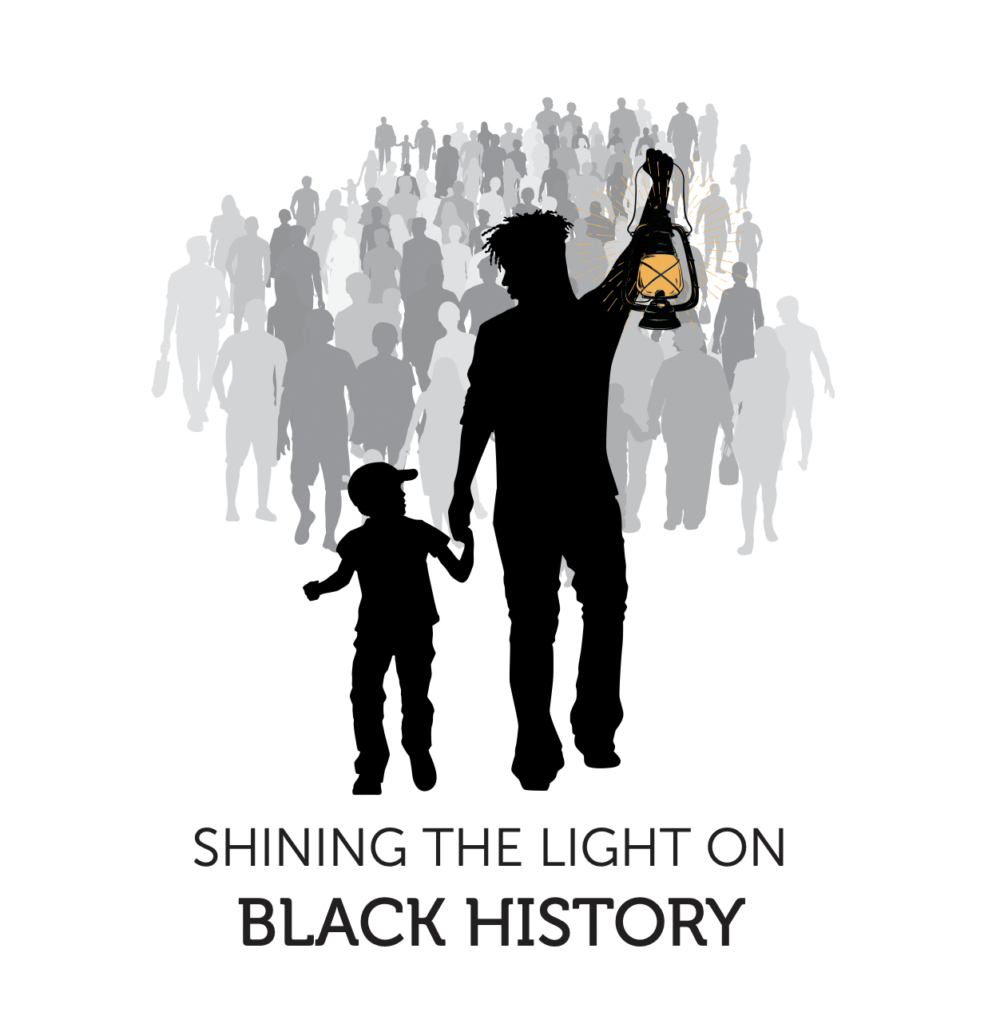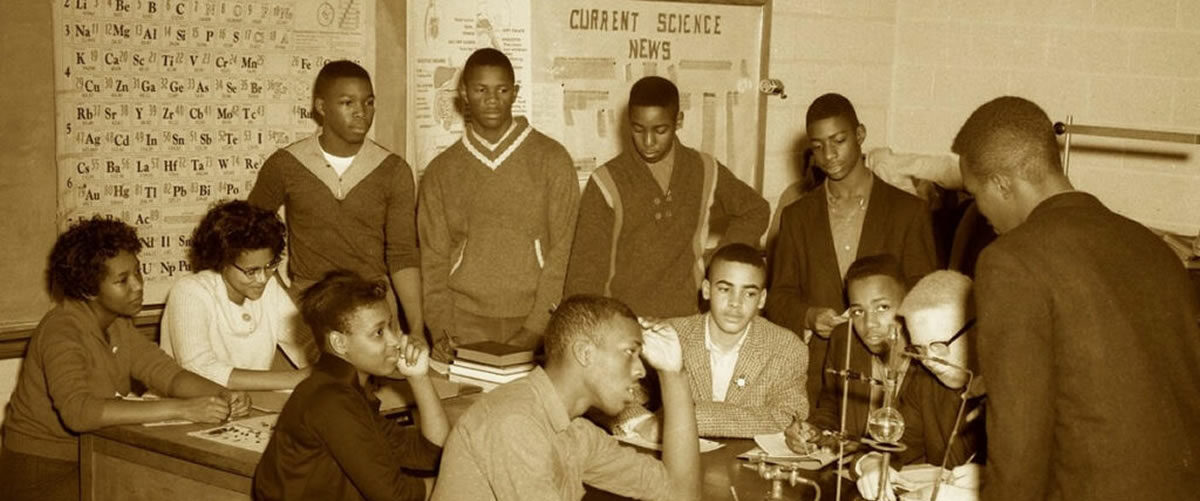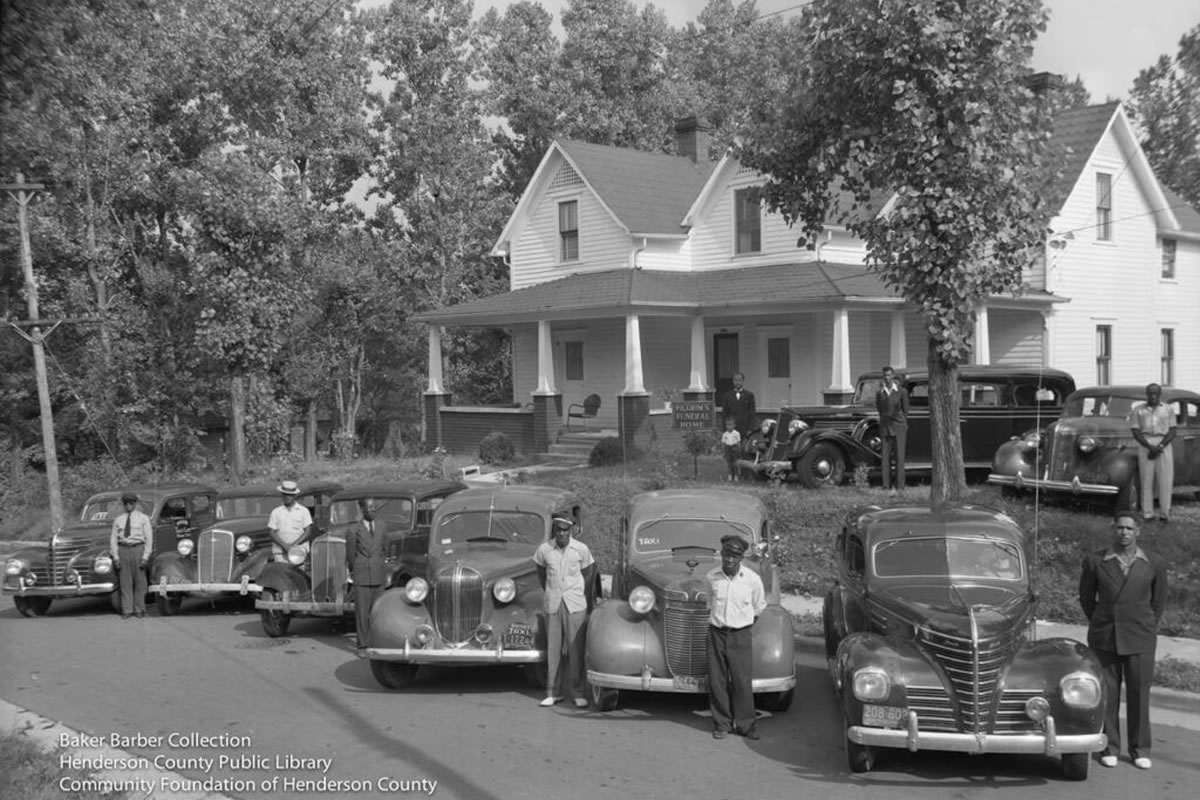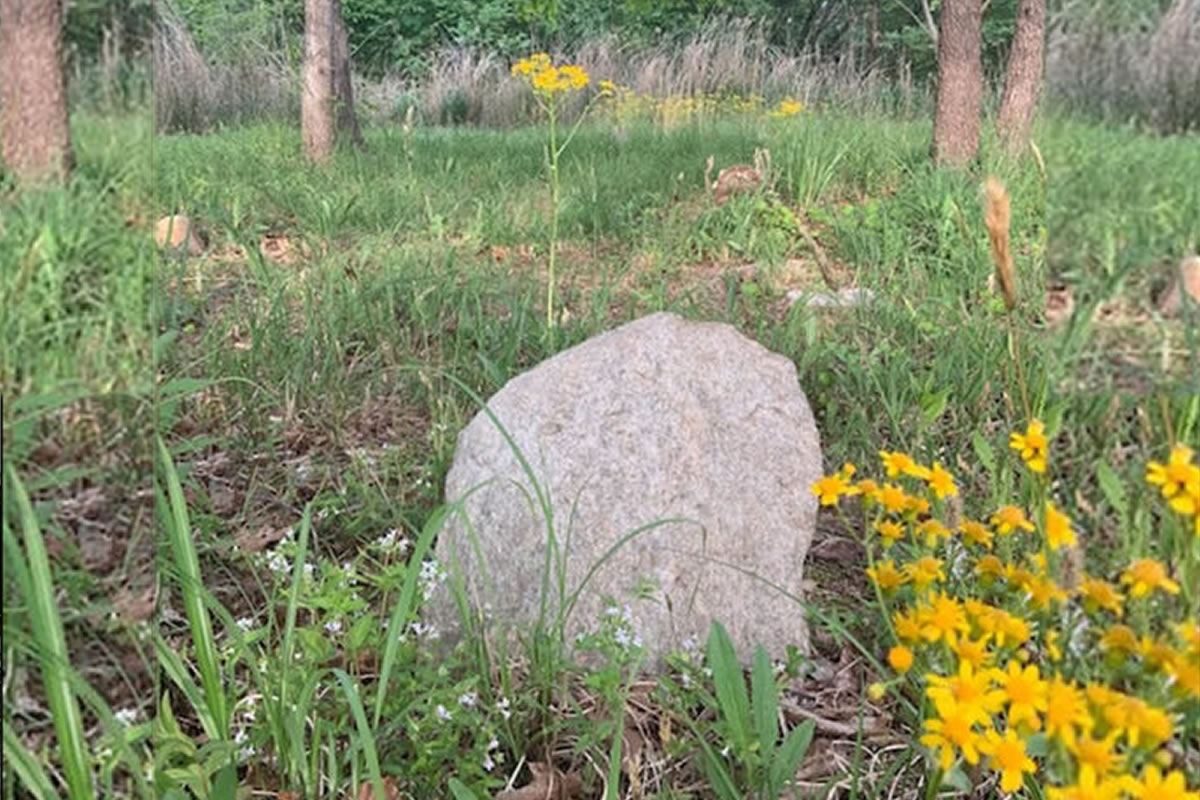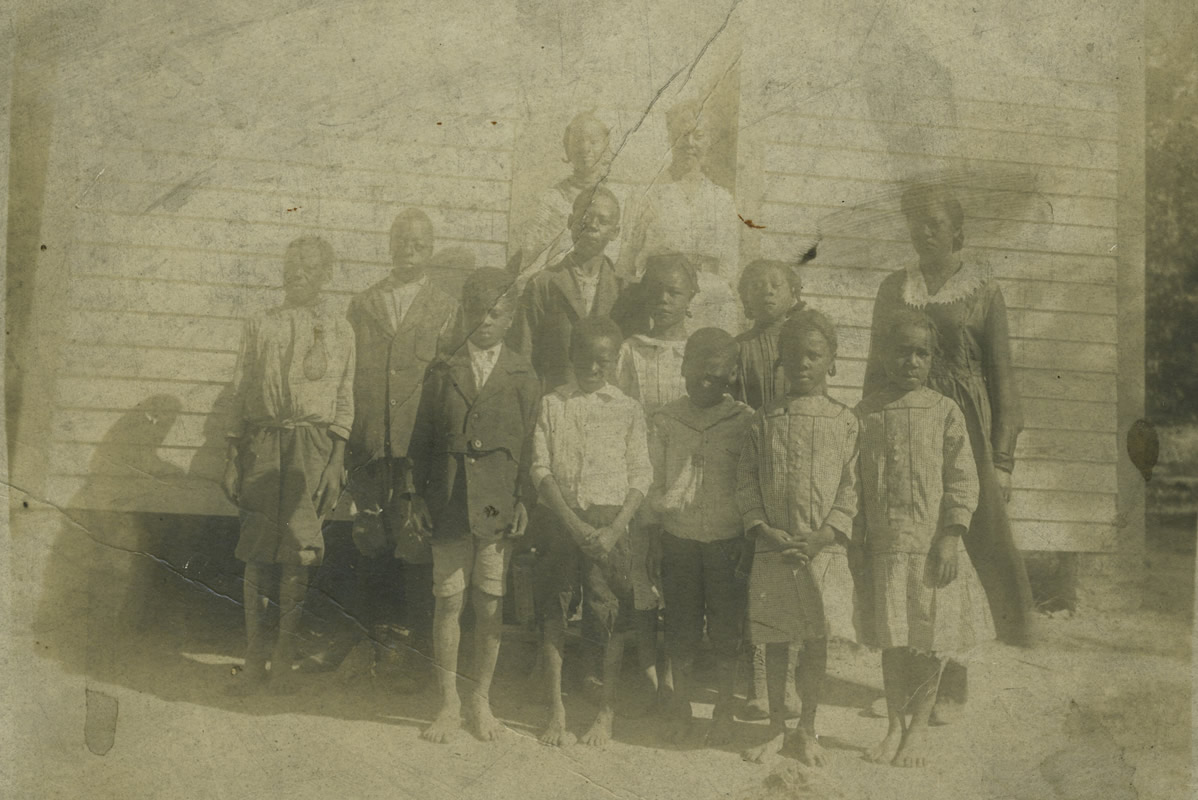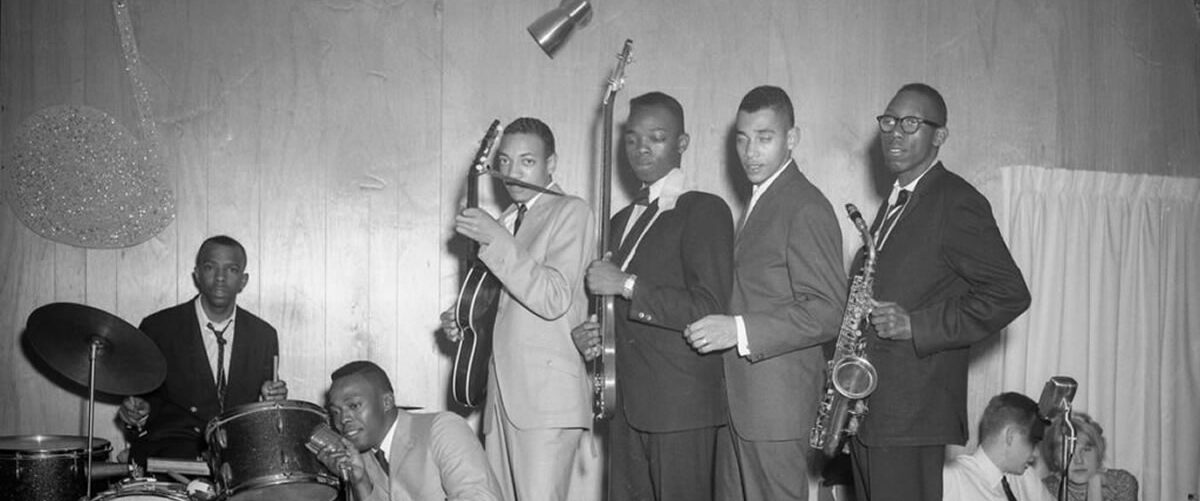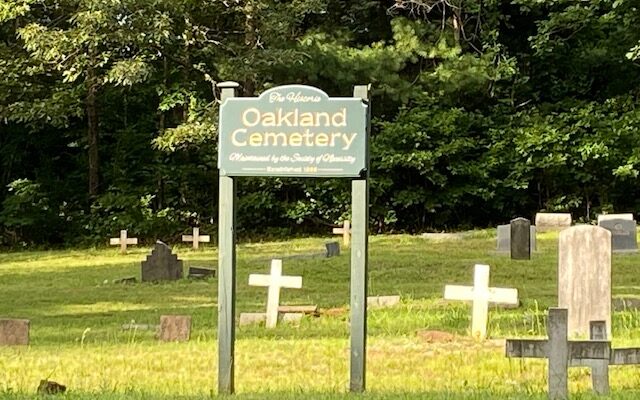Education in Henderson County From 1865 Until 1916
Although in theory Black schools were supposed to be equal to White schools, in reality they never received adequate funding. There are very few records for the Henderson County schools relating to Blacks, but it appears that education for Blacks in Henderson County had been …
